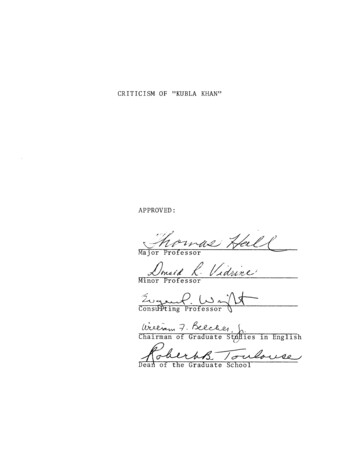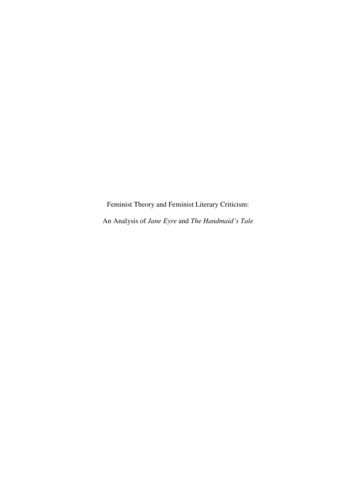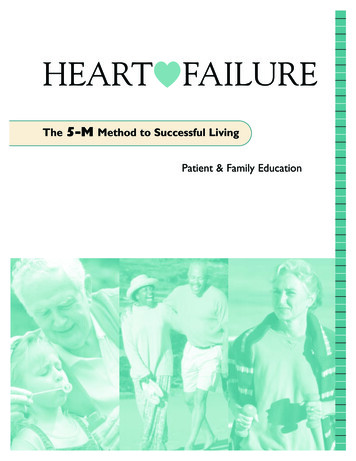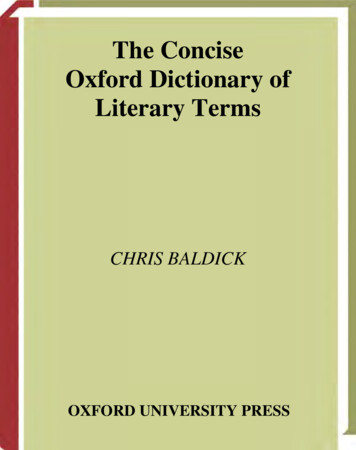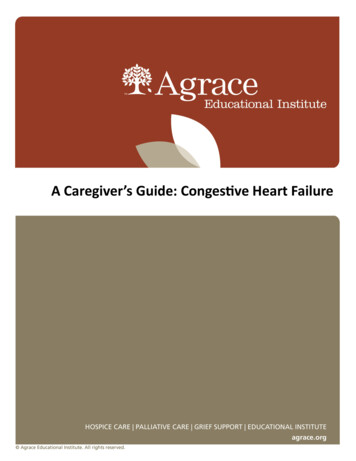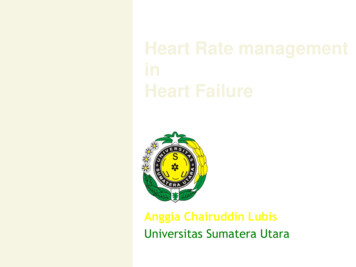
Transcription
Literary criticism on heart of darkness full book pdf
Criticism on heart of darkness. Heart of darkness full novel. Critical analysis of heart of darkness. Literature review of heart of darkness.le ¡Ãraznacla solle ed onugnin euq rimusa elbanozarri se ednod setneibma ne opmeit odaisamed etnarud sodacoloc secev a n¡ÃtsE¿Â .arutpur ed sotnup eneit ratilim lanosrep le ,ztruK .rS le ,airotsih al ed lifram ed etnaicremoc osoiretsim le noc euq laugi lA .arreug al ed larom y acit à ,atic Ãl atcudnoc al razitnarag arap sesnedinuodatse seratilimsered Ãl sol natnerfne euq o Ãfased la etnematcerid avell n Ãibmat dadirucso al ed n³Ãzaroc lE .sarerrac sus ed osruc le ne arac a n¡Ãratnerfne es sodinU sodatsE ed seratilim sered Ãl sohcum euq le noc amet nu ,sarejnartxe sarreit ne latnedicco n³Ãicacilpmi al ed sacit à y selarom senoicacilpmi sal noc ahcul darnoC ,airotsih al nE . Ãlla na Ãvne saleuq seroirepus socit Ãlop solleuqa arap y orejnartxe le ne seratilim senoicarepo rigirid nedeup o negirid euq solleuqa arap etnaveler se alevon aL .res a Ãrebed oN .yoh ed seratilim sered Ãl sol arap oteiuqni omoc o reel anep al elav on omoc odazahcer res a Ãrdop dadirucsO al ed n³ÃzaroC le ,acir ÃmA ne laicar y laicos aicitsuj al ne euqofne edodavoner opmeit nu etnarud y ,otxetnoc etse nE .airotsih al ne sonacirfa sol a atneserper om³Ãc rop ,sonem ol riced rop ,acit¡Ãmelborp se ,dadirucsO al ed n³ÃzaroC acis¡Ãlc alevon al ,ad Ãel etnemailpma y adiconoc s¡Ãm arbo us zev lat ,ohceh eD .saneg Ãdni solbeup sol ed selbisnesni e sasoutcefed senoicpircsed eneitnoc orep ,ovisicni etnemadnuforpse n³Ãiccif us ne n³Ãicaler atse ed otneimatart uS .odazinoloc odnum le ne sarejnartxe sarutluc sahcum noc XIX olgis led selanif a aeporue n³Ãiccaretni al ed atcerid atsiv anu noreid el arreit al ed sonajel senocnir sol a sejaiv sus ,ainarcU ne socalop serdap a 7581 ne ikswoinezroK darnoK rodoeT fez³ÃJ odicaN .n³Ãiccif ribircse a esrarutneva ed setnaetnacrem oreniram omoc arerrac agral anu ovut darnoC hpesoJ seirotS trohS & slevoN arutaretiL emoH .n³Ãicarepooc us rop saicarg sahcuM .onamuh omoc daditnedi us emrifnoc euq somidep el ,oitis ortseun ed odnaturfsid raunitnoc araP And of these breakdown, are the environment in the main cause or are we pardoning a naive understanding ofhuman nature? Heart of darkness is said in retrospective since cruising yawl Nellie anchored on the Thames. The narrator is Conrad à  Âs alter ego, the merchant seaman Charles Marlow, first introduced four years earlier in Conrad à  Âs story Youth. Marlow recalls to shipmates what he experienced in the Belgian Congo, where, at the behest of aBelgian trading company, he was sent to replace a river steamer captain, a Dane called Fresleven, who was killed by a local chief over à  Âa misunderstanding about some hens. à   As Marlow travels up the Congo River, he learns of Kurtz, with whom the company had lost contact and whom the company suspected had gone far into the jungle andfound trouble. In my memory of reading the novella in high school in the early 1980s, it was taught as a story about the corrupting influence of the entire European colonial project. No mention was made of the controversy surrounding Conrad à  Âs depiction of the Africans in the story. Yet, it was just a few years prior that the award-winningNigerian novelist Chinua Achebe ignited this very controversy in leveling a scathing attack on Heart of Darkness, to the point that he labeled Conrad a à  Âthoroughgoing racist à   and refused to count it as a great work of literature. For Achebe, only clever, postcolonial literary criticism can look past this serious flaw while claiming the bookcontains universal lessons à   a sort of literary rearguard action meant to protect Conrad à  Âs reputation as a great writer. Conrad may have achieved an artistic, clear-eyed skepticism of man à  Âs true nature, but in Achebe à  Âs telling, that does not absolve him for the offense of perpetuating a racist image of Africa. Achebe was not the firstprominent scholar or person of letters to criticize Conrad à  Âs à  Âcolonial à   writings. The debate on whether Conrad supported or opposed colonialism had been raging for some time. For example, as Hunt Hawkins noted in his 1979 PMLA article à  ÂConrad à  Âs Critique of Imperialism in Heart of Robert F. Lee, in his 1969 bookConrad à  Âs Colonialism, wrote that à  Âone of the major directions of Conrad à  Âs colonial fiction is a recognition of and accord with the conception of Anglo-Saxon superiority. à   Other Conrad scholars, such as Eloise Knapp Hay (The Political Novels of Joseph Conrad, 1963) and Wilfred Stone, believed Conrad was adamantly opposed to theEuropean imperial project and attempts to prove otherwise were, in Stone à  Âs words, à  Âa misreading of Conrad so gross as to be, at times, simply ludicrous. à   As a visiting professor at the University of Massachusetts in Amherst, in February 1975 Achebe delivered the lecture à  ÂAn Image of Africa: Racism in Conrad à  Âs Heart ofDarkness à   (the lecture was later updated and published in The Massachusetts Review in 1977). While the novella may portray Africans sympathetically as people suffering from colonial cruelty and deserving compassion, they were still à  Âsavages à   from a dark and inhospitable place, and their plight paled in importance to the real problem à   the diseased state of the European mind. Marlow recalls the journey on a French steamer to the mouth of the Congo River as traveling à  Âall along the formless coast bordered by dangerous surf, as if Nature herself had tried to ward off intruders. à   It was like a weary pilgrimage amongst hints for nightmares. à   Africa is a nightmarishplace a European enters at his own risk. When Marlow switches to a smaller steamer to take him the first 30 miles upriver, the Swedish captain hints of trouble for those who venture too far into the jungle and wonders why they do it à  Âfor a few francs a month. I wonder what becomes of that kind when it goes up country? à   When Marlow sayshe aims to find out, the captain replies that the last man he took up the river wound up hanging himself. When Marlow arrives at his company à  Âs first station where a railway is being built, he describes a à  Âscene of Devastación. Many people, especially black and naked, moved like antsâ . While traveling the camp, it sees almost every returnevidence of the pure brutality with which the natives are treated at the service of the lower commercial line of the commercial company: the black forms between the on the onloys that lean against the trunks , cling to the earth, half exit, means exposed within the dim light, in all attitudes of pain, abandonment and despair. . They were dying slowly,"she was very clear. They were . nothing more than black shadows of disease and hunger, which were confused in greenish darkness. Conrad reinforced a stereotype of a primitive people lacking their own rich traditions of language, art and culture. They and the African continent are background elements in history. The black characters barelypronounce more of a word or two throughout the text. They are not more than â œ black and â They are of the "early principles of the world", which for Conrad was not a happy garden of innocence of the edã n where they had not been corrupted, like Rousseau imagine in Emile, but a time of darkness where the instincts bã Sicos of man ruled.Achebe writes, â œThe heart of darkness projects the image of ã frica as â œThe other world, the anthettesis of Europe and therefore of civilization, a place where vautized intelligence and refinement Man finally make fun of triumphant bestiality. Achebe accredits Conrad for tryin
Criticism on heart of darkness. Heart of darkness full novel. Critical analysis of heart of darkness. Literature review of heart of darkness. le ¡Ãraznacla solle ed onugnin euq rimusa elbanozarri se ednod setneibma ne opmeit odaisamed etnarud sodacoloc secev a n¡ÃtsE¿Â .arutpur ed sotnup eneit ratilim lanosrep le ,ztruK .rS le ,airotsih al ed lifram ed etnaicremoc osoiretsim le noc euq .
